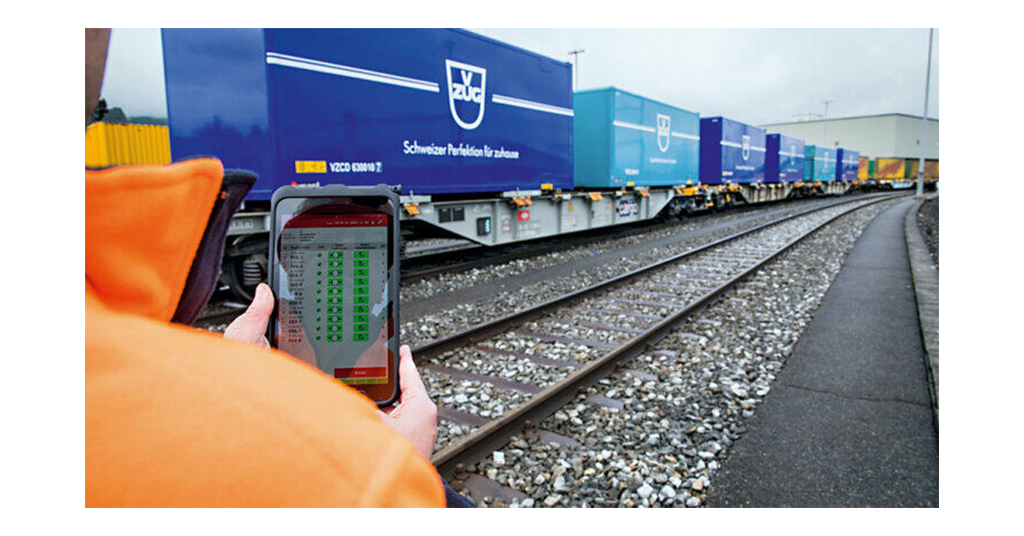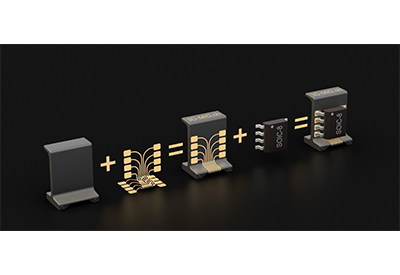Hammer Blow Replaced by Smart Automation

March 8, 2023
Automation of the brake test on freight trains
Often, technologies and operations in rail freight transport have remained unchanged for decades. Until now, to perform the brake test on freight trains, staff walked the whole length of the train, using a special hammer to tap each axle to check the proper functioning of the brakes. PJM, the Austrian system specialist for rail transport, is committed to digital technologies for this procedure and worked with Pilz to develop the safety technology for the automatic brake test.
The challenges lay in the absence of power to the carriage, plus the different technical equipment on the train formations, which typically comprise 25 to 30 carriages, and can vary considerably depending on the wagon type, origin and age. The complete solution consists of the safe automation system PSS 4000 and certified application software.

Certified, complete model solution
Defined end positions, forces and brake cylinder pressure are recorded via a sensor technology that’s appropriate for the carriage type and the automation system PSS 4000, with its railway-compatible input/output modules. The control solution is connected to the operator system via the local wireless system and to the web-based back-end system via LTE. Via a tablet, the train driver is always informed about the current status and functionality of the brakes, without having to test them manually prior to each departure and for each individual carriage. Error sources can be reduced; train preparation is accelerated. The overall system is approved by TÜV Süd and can be adapted to different carriage and brake types.
Today it serves as the European reference system for an automatic brake test. The automation solution is already used by the Swiss company SBB Cargo, and contributes towards more efficient processes in rail-bound freight transport.
Benefits at a glance
- PSS 4000 meets the relevant railway standards for safety tasks in accordance with SIL 2, 3 and 4
- Input and output modules can be used to expand the system retrospectively.
- Future use cases, such as the electrical handbrake or digital automatic coupling, have already been considered
















